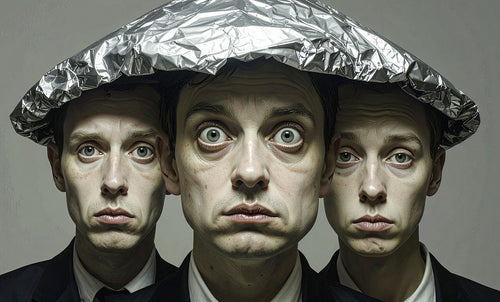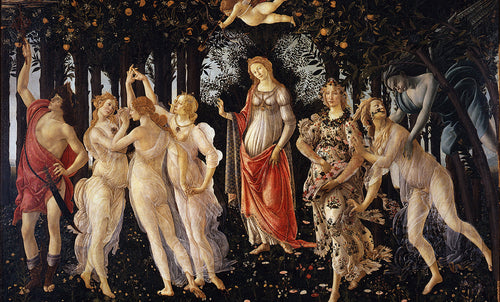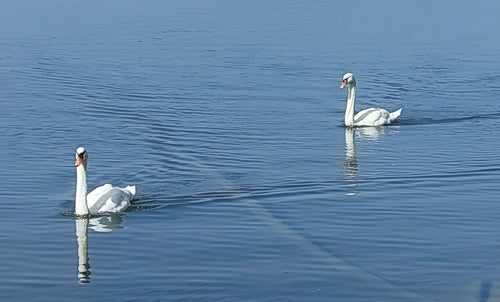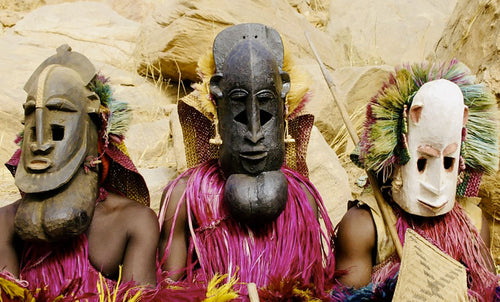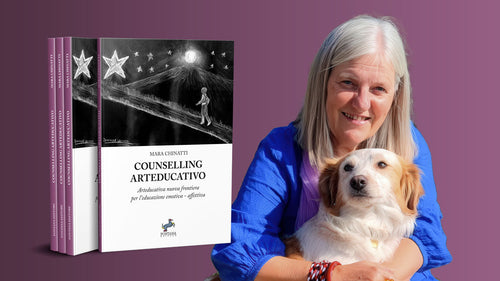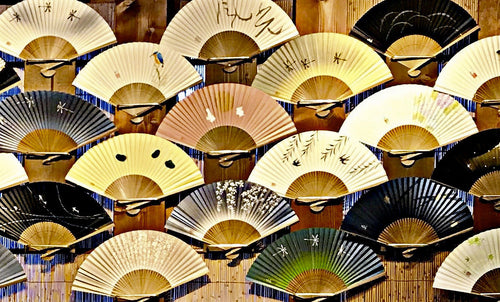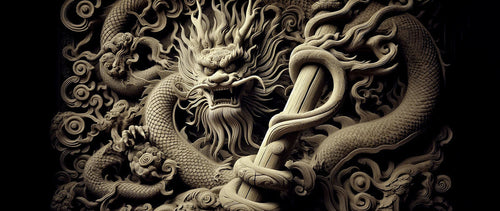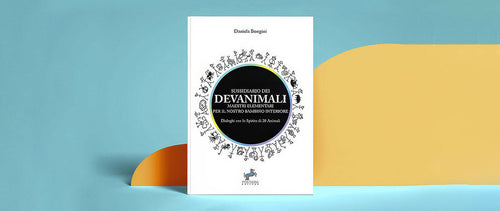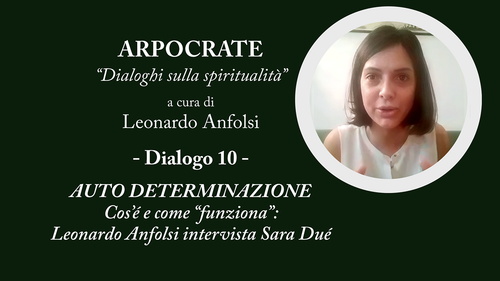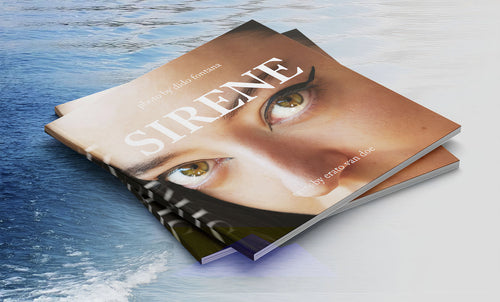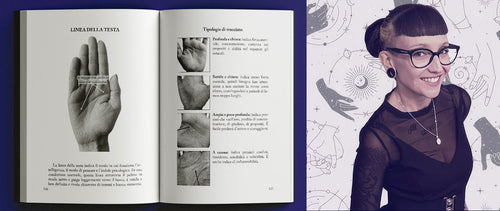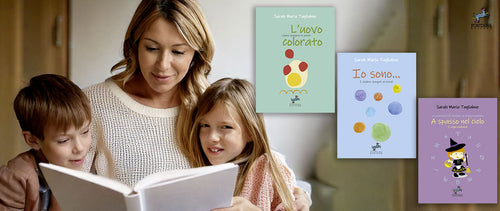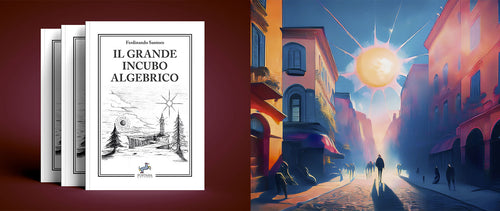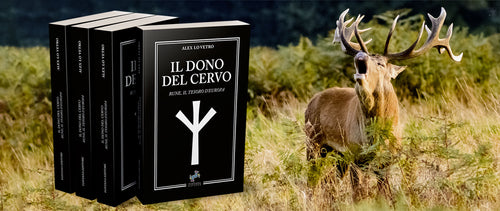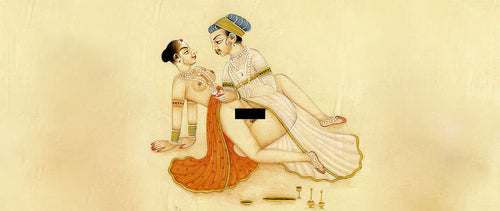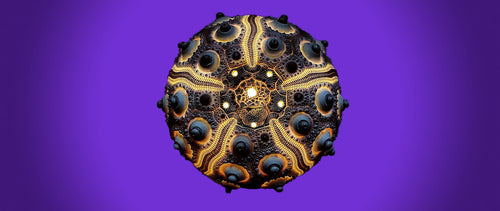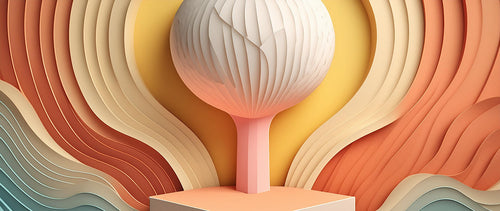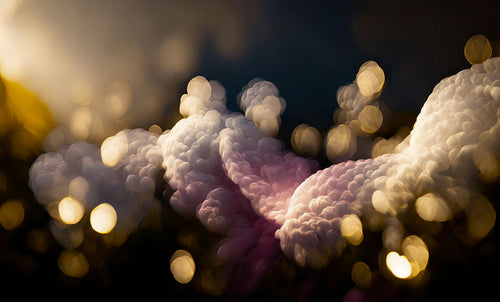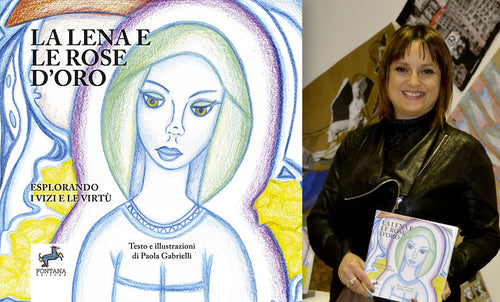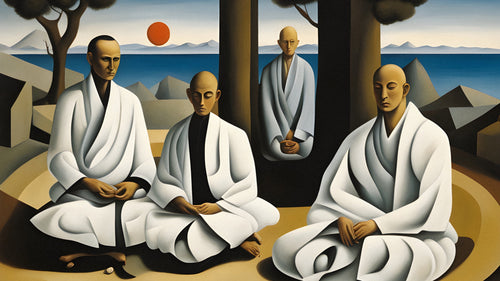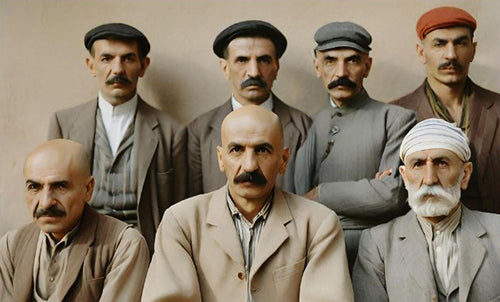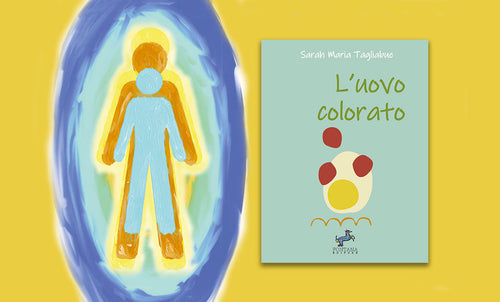
Alchemical Blue and the Unio Mentalis by James Hillman
Leonardo AnfolsiWe get rid of all the notes that you will find on the original text: this is a chapter from the Hillman’s study “Silver and the White Earth” an Annual of Archetypal Psychology and Jungian Thought. 1986. You can find the complete chapter in several sites on the web. (E.n.)
Ruland lists 27 kinds of blue-colored silver. Norton writes (HM II:45): “Silver may easily be converted into the colour of the lazulite, because... silver, produced by air, has a tendency to become assimilated to the color of the sky.” So strong is the association of blue with silver and whitening, that even when modern chemistry disputes alchemical testimony (deriving a blue pigment from silver treated with salt, vinegar, etc.), it assumes the alchemists had some to-us- unknown physical justification for their claim. Is not the claim based rather on fantasy, a sophic silver of a whitened imagination which knows that blue belongs to silvering, and therefore sees it?
The blue transit between black and white is like that sadness which emerges from despair as it proceeds towards reflection. Reflection here comes from or takes one into a blue distance, less a concentrated act that we do than something insinuating itself upon us as a cold, isolating inhibition.
the soul vanishes
the soul. vanishes, into the shape of things
(quotes the Robert Kelly poem “The Blue”)
Withdrawal is also like an emptying out, the creation of a negative capability, or a profound listening — already an intimation of silver (Spr. ‘80, pp. 41-44, silver and sound).
These very experiences Goethe associates with blue:
...blue still brings a principle of darkness with it... As a hue it is powerful, but it is on the negative side, and in its highest purity is, as it were, a stimulating negation... a kind of contradiction between excitement and repose.
As the upper sky and mountains appear blue, so a blue surface seems to recede from us.
... it draws us after it.
Blue gives us an impression of cold, and thus, again, reminds us of shade. We have before spoken of its affinity with black.
Rooms which are hung with pure blue, appear in some degree larger, but at the same time empty and cold.
...objects seen through a blue glass [are] gloomy and melancholy.

Yves Klein
Sadness is not the whole of it. A turbulent dissolution of the nigredo can also show as blue movies, blue language, l’amour bleu, blue-beard, blue murder, and cyanotic body. When these sorts of pornographic, perverse, ghastly, or vicious animus/anima fantasies start up, vi we can place them within the blue transition toward the albedo. Then we will look for bits of silver in the violence. There are patterns of self-recognition forming by means of horror and obscenity. The soul’s utrefactio is generating a new anima consciousness, a new psychic grounding that must include underworld experiences of the anima itself: her deathly and perverse affinities. The dark blue of the Madonna’s robe bears many shadows, and these give her depths of understanding, just as the mind made on the moon has lived with Lilith so that its thought can never be naive, never cease to strike deep toward shadows. Blue protects white from innocence.

The vertical direction, as Jung reaffirms (CJV 12, para.320), is traditionally associated with blue. Ancient Greek words for blue signified the sea. In Tertullian and Isadore of Seville, blue referred to both the sea and the sky, much as the Greek word (bathun) and the Latin (altus) connoted high and deep by one word. The vertical dimension as hierarchy continues in our speech as blue blood for nobility, blue ribbons, and the many mythological images of ‘blue Gods’: Kneph in Egypt and Odin’s blue wrappings, Jupiter and Juno, Krishna and Vishnu, Christ in his earthly ministry like that blue Christ-man seen by Hildegard of Bingen.
Article published on Nitrogen 1




